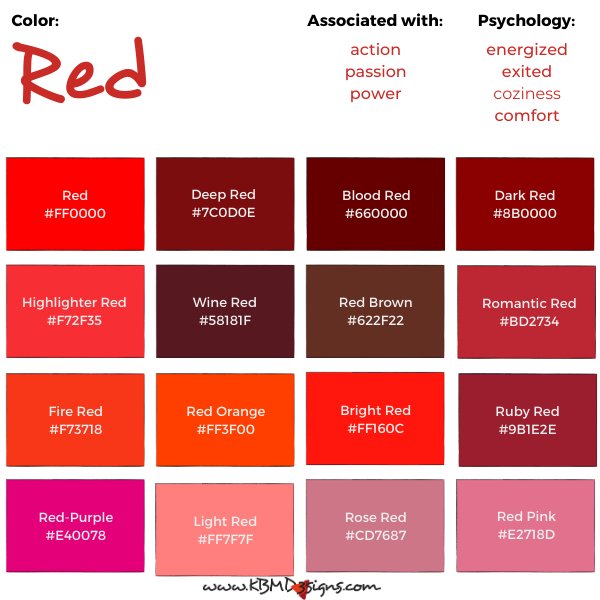
Picture this: red wigglers are like nature’s recycling team. They munch away on organic waste, turning it into nutrient-rich compost that nourishes our plants. It’s a little like turning yesterday’s spaghetti into the fuel for tomorrow’s garden blooms. This ability makes them prime candidates for both research and farming. So, let’s explore what it takes to keep these squiggly friends in captivity and what benefits they might offer.
Understanding Red Wigglers
Let’s start with the basics. Red wigglers, or *Eisenia fetida*, are a species of earthworm that thrives in compost piles and organic-rich soil. Unlike their more common cousins, the nightcrawlers, these worms prefer the warm, moist conditions found in compost heaps. They’re small, usually around 2-4 inches long, and they have a distinct reddish-brown color.
What sets red wigglers apart is their remarkable appetite. They can consume about half their body weight in organic material each day! That’s like you eating a huge pizza every day and then recycling the leftovers into something productive. This makes them excellent composters, breaking down kitchen scraps, yard waste, and other organic materials efficiently.
You might be wondering why anyone would want to keep red wigglers in captivity. Beyond their composting prowess, these worms are also valuable for scientific research. Their biology and behavior can tell us a lot about soil health, ecosystems, and even the effects of pollutants. So, there’s definitely more than meets the eye with these little creatures!
Setting Up a Worm Farm
If you’re considering farming red wigglers, the first step is to set up the right environment. These worms thrive in a damp, dark space—think of it as creating a cozy apartment for your wiggly roommates.
Here’s what you’ll need:
- Container: Use a plastic bin or wooden box with holes for aeration. Make sure it’s at least 12 inches deep to give them room to burrow.
- Bedding: Shredded newspaper, cardboard, or coconut coir works well. It keeps the moisture in and provides a comfy home for your worms.
- Food: Stick with organic scraps like vegetable peels, coffee grounds, and crushed eggshells. Avoid meat and dairy, which can attract pests.
Once you’ve set up the habitat, it’s time to introduce your red wigglers. Make sure to add them gently to avoid stressing them out. A good rule of thumb is to start with about one pound of worms for every square foot of surface area.
Their environment needs regular moisture, so keep an eye on the bedding. It should be damp but not soaking wet, like a wrung-out sponge. You’ll want to check in on them regularly, ensuring they have fresh food and a comfortable home.
Feeding Red Wigglers
Feeding your red wigglers is a bit of an art. You want to provide them with enough food to keep them happy, but not so much that it rots and causes odors.
Think of their diet as a well-balanced meal plan. Here are some tips to keep your worms well-fed:
- Start Slow: When you first introduce your red wigglers, start with small amounts of food. Gradually increase as they adjust.
- Chop It Up: Cutting food scraps into smaller pieces helps them digest faster. It’s like cutting a pizza into slices—much easier to eat!
- Keep It Diverse: Variety is key! Mix in different types of organic material to keep their diet interesting. Think fruits, veggies, and grains.
- Avoid Overfeeding: Stick to a rule of thumb: feed them what they can consume in about three days.
You might notice that your worms can be picky eaters. That’s okay! They’ll eat what they like and leave the rest. Just keep the bin tidy by removing any uneaten scraps to prevent mold or pests.
Benefits of Studying Red Wigglers
Studying red wigglers in captivity offers a wealth of insights. They’re not just great for compost bins; they have important implications for ecology and agriculture.
First, they contribute to soil health. When red wigglers digest organic matter, they produce castings that are rich in nutrients. Researchers are fascinated by how these castings can improve soil structure, help retain moisture, and boost plant growth. This makes them a valuable asset for ecologists and farmers alike.
Also, studying their behavior can reveal how they respond to different environmental conditions, including pollutants. By observing red wigglers, scientists can better understand how organic matter breaks down in various ecosystems. It’s like a mini-laboratory right in your backyard!
Moreover, the simplicity of their farming makes them accessible to everyone. You don’t need a PhD in biology to start learning from these little creatures. Just a few red wigglers and some organic scraps can provide hands-on education about ecology and sustainability.
Challenges of Worm Farming
While worm farming can be a fun and rewarding endeavor, it’s not without its challenges. You might face several issues as you navigate the world of red wigglers.
Let’s outline some common challenges:
- Temperature Sensitivity: Red wigglers thrive in temperatures between 55°F and 77°F. If it gets too hot or cold, they might become inactive or die. Keeping their environment stable is crucial.
- Pest Invasion: If food scraps are left too long, pests like fruit flies or gnats can become an issue. Regularly checking and maintaining the bin is a must to keep your worm home healthy.
- Overfeeding Issues: As mentioned earlier, overfeeding can lead to odors and pest problems. Keeping track of how much you’re giving them is key.
- Worm Escape Artists: Believe it or not, red wigglers can escape if they feel uncomfortable. This can happen if the environment is too wet or dry. Always keep an eye on their habitat!
It’s important to remember that every challenge offers a chance to learn. Adapting your methods will help you become a better worm farmer.
So, can red wigglers be studied or farmed? Absolutely! These little heroes of composting have much to offer, both in terms of practical applications and fascinating research opportunities. Whether you’re looking to reduce waste, improve soil health, or simply learn more about the ecosystem, red wigglers can play a significant role in your journey.
Starting your own worm farm is like opening a window into the world of biology and ecology—one that’s rich with lessons and rewards. Plus, you’ll contribute to the environment by reducing waste and enriching your garden soil.
As you venture into this exciting world of red wigglers, remember to embrace the process. There may be bumps along the way, but don’t let that discourage you. Each wiggle has a story, and you’re now part of their journey in captivity!

